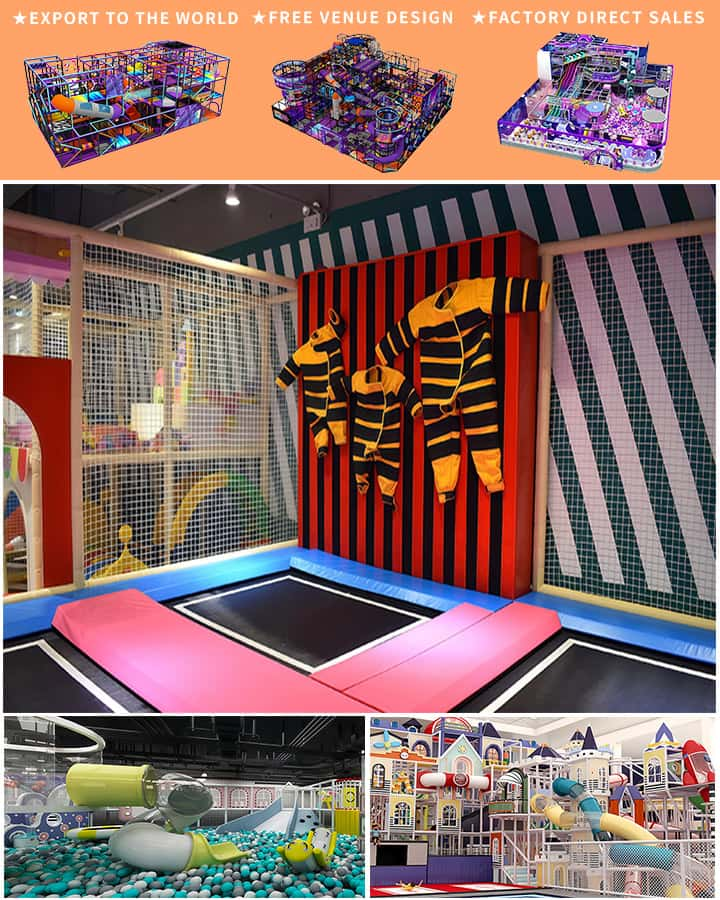In recent years, there has been a significant shift in the design and conceptualization of playgrounds, aimed at enhancing the overall experience for kids. Gone are the days when a simple swing set and slide sufficed to keep children entertained. Modern playground designs are now focusing on inclusivity, safety, environmental sustainability, and stimulating creativity in ways that were previously unimaginable. In this article, we will explore some of the innovative trends shaping playground designs for kids today.
Inclusive Playgrounds
One of the most heartening trends in contemporary playground designs is the emphasis on inclusivity. These playgrounds are designed to cater to children of all abilities, ensuring that every child, regardless of physical or cognitive challenges, can play alongside their peers. Features such as wheelchair-accessible carousels, sensory play equipment, and adaptive swings allow kids with diverse needs to engage fully in play activities. Inclusive playgrounds foster a sense of community and belonging, teaching children the valuable lesson of empathy and cooperation from an early age.
Safety First

Safety remains paramount in playground design, but modern approaches have evolved to incorporate more sophisticated materials and engineering techniques. Soft play surfaces made from rubberized mulch or poured-in-place rubber provide excellent cushioning, reducing the risk of injuries from falls. Additionally, playground equipment is being designed with rounded edges and non-toxic materials to minimize hazards. Innovations such as shock-absorbing mats under climbing structures and strategically placed barriers further enhance safety without compromising on fun.
Environmental Sustainability
As environmental consciousness grows, so does the incorporation of sustainable materials and practices in playground design. Many modern playgrounds utilize recycled plastic, reclaimed wood, and other eco-friendly materials. Solar-powered lighting systems are becoming more common, providing energy savings while ensuring that the playground remains usable during evening hours. Moreover, green roofs, native landscaping, and natural shade elements not only make the playground more visually appealing but also contribute to biodiversity and climate resilience.
Stimulating Creativity and Learning
The latest playground designs go beyond mere recreation; they aim to stimulate children’s imagination and learning potential. Interactive elements such as musical instruments, water features, and themed play areas encourage creative expression and physical activity. Educational components like alphabet and number puzzles, nature exploration zones, and science-based installations transform playtime into an opportunity for informal learning. By integrating these elements, playgrounds become vibrant hubs of discovery and innovation.
Community Integration
Modern playground designs often extend their benefits beyond children, serving as communal spaces for families and neighborhood gatherings. Features such as seating areas for parents, community gardens, and open spaces for events help create a sense of community involvement. By making playgrounds more than just places for kids to play, designers are fostering social interaction and strengthening communal bonds.
In conclusion, the evolution of playground designs reflects a deeper understanding of children’s diverse needs and the multifaceted benefits of play. By prioritizing inclusivity, safety, environmental sustainability, creativity, and community integration, modern playgrounds are becoming dynamic, enriching spaces that contribute significantly to the holistic development of children. As we continue to innovate, the future of playgrounds promises even more exciting possibilities for nurturing young minds and bodies.




